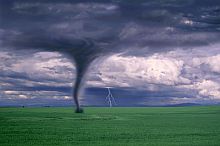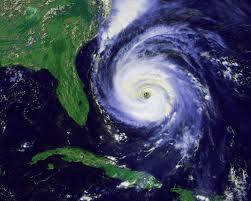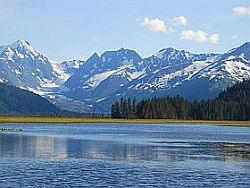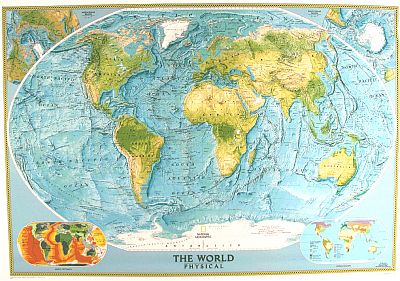
|
|
Geosciences/Environment | MAPS/Geography | Weather/Meteorology
|
Global Digest has a section on Environment|Conservation|Endangered Species.
Also, there is a separate page on 'Fracking' - Hydraulic Fracturing.

|
|
Geosciences/Environment | MAPS/Geography | Weather/Meteorology
|
Global Digest has a section on Environment|Conservation|Endangered Species.
Also, there is a separate page on 'Fracking' - Hydraulic Fracturing.
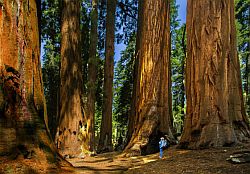



| This textbook is intended for undergraduate courses in Earth history. It was written by Callan Bentley, Karen Layou, Russ Kohrs, Shelley Jaye, Matt Affolter, and Brian Ricketts. It is a work in progress. |

| Secrets of the Earth" explores our planet with the same sense of awe and wonder normally reserved for alien worlds. Computer graphics, visual analogies and a recurring cast of expert scientists combine to reveal new aspects of the world you think you know, from canyons of gravity that warp space and time to rain triggered by cosmic rays. |
| Our mission is to distribute the very best in educational media and documentary programming on critical environmental, global and social issues to the widest possible audience worldwide, including colleges, schools, libraries, businesses, religious groups, government agencies and non-governmental organizations. |



| Contributed papers cover all areas of geophysics--ocean sciences, meteorology and atmospheric sciences, hydrological sciences, geodesy, seismology, volcanology, physics and chemistry of the Earth's interior, geomagnetism, and aeronomy. |
| The Lunar and Planetary Institute, a division of the Universities Space Research Association, was established during the Apollo missions to foster international collaboration and to serve as a repository for information gathered during the early years of the space program. |
| The giant impact hypothesis states that the Moon was formed out of the debris left over from a collision between the Earth and a body the size of Mars, approximately 4.5 Gya (four and a half billion years ago). |

| "The importance of the Moon in studying the principles of geology is that it provides an insight into the basic mechanics of planetary evolution and events that occurred early in the solar system." |
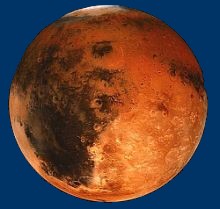
| Here you can learn about the six geological processes that are either currently operating on Mars or have operated during Martian history. |
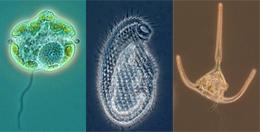
| "The physical and chemical changes caused by phage may be the basis for a highly selective method of mineral separation with better recovery. Another possible application is bioremediation, where metals are removed from contaminated water" says Dunbar. |
| Teaching and learning about the diversity, ecology and evolution of the microbial world; discover the connections between microbial life, the history of the earth and our dependence on micro-organisms. |
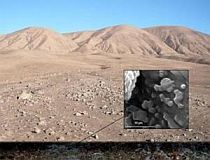
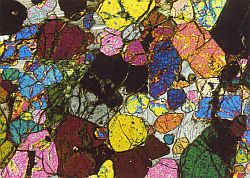


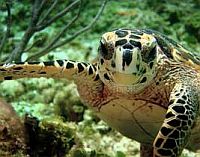



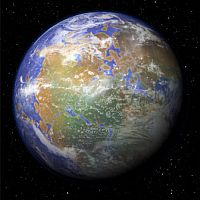
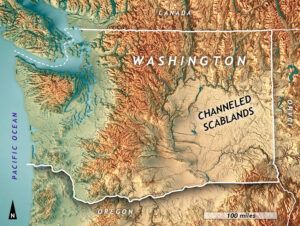
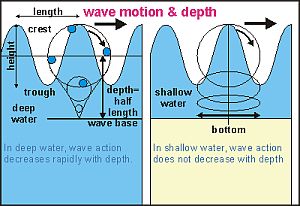

→ Click image to the right for larger version. →
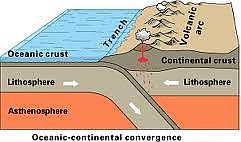
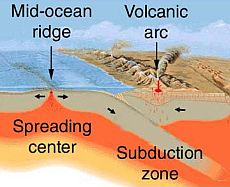
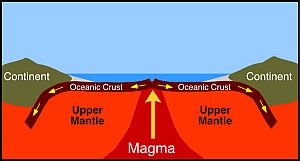

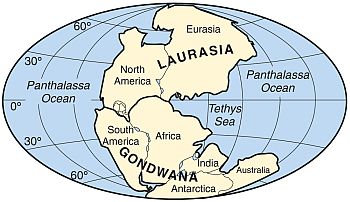
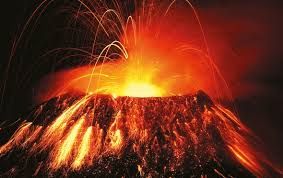
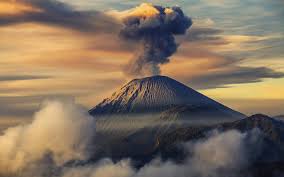
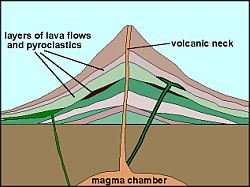

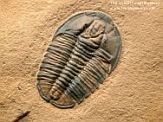


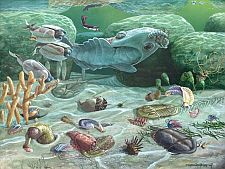
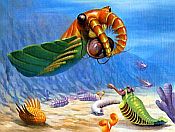
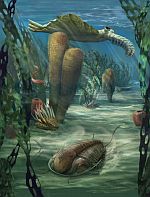
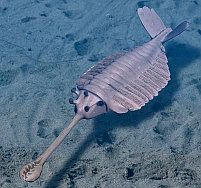


I. Bacteria (19): Most of the Known Prokaryotes
→ Click image to the right for larger version. →
II. Archaea (16): Prokaryotes of Extreme Environments
III. Eukarya (35): Eukaryotic Cells
Characteristics of the Earth's Terrestrial Biomes
Click above image for webpage with legend
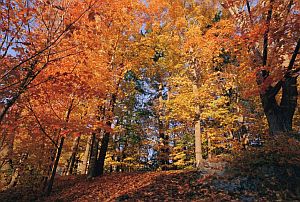



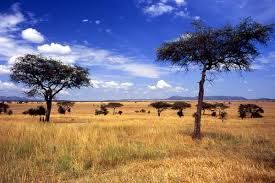
Performing a GOOGLE IMAGE search on Biomes will return many images
related to Physical Geography and biomes.
Each image is associated with a web page, in case you didn't know.
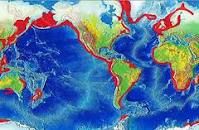
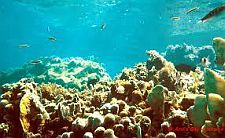

"The researchers found that land plants had evolved on Earth by about 700 million years ago and land fungi by about 1,300 million years ago -- much earlier than previous estimates of around 480 million years ago, which were based on the earliest fossils of those organisms."
Fungal fossils, hundreds of millions of years older than previously known, shed light on the evolution of fungi, plants, and the planet's surface.
440 million-year-old fungus fossils may be remnants of earliest land-dwelling organism.
24 feet tall and three feet wide, these giant spires dotted the ancient landscape
A genetic analysis reveals the ancient, complex--and symbiotic--roots of photosynthesis in plants.
Liverworts are considered to be the first plant to make the transition from the sea to land, some 400 million years ago, and share a common ancestry with green algae (Chlorophyta).
In this article is proposed a new hypothesis which presents arguments for a long-term cyclicity (ca. 190 Million years) in paleoclimates, and attempts to correlate this cyclicity with major extinction events.
Philosophical Transactions of the Royal Society - Biological Sciences
Plants evolved from freshwater green algae and eventually developed cuticles, stomata, conducting systems, and reproductive strategies that adapt them well for life on land.
The three major phyla of nonvascular plants are all relatively unspecialized, but well suited for diverse terrestrial environments.
Scientists and students in the Soltis Lab are currently working with a variety of technologies to investigate mechanisms of speciation, evolutionary relationships and character evolution in flowering and land plants at all taxonomic levels.
PNAS: Proceedings of the National Academy of Sciences
Did you know that plants used to live only in water millions of years ago? In fact, they didn't even look like plants… plants ancestors were simply algae! Eventually, they evolved to find their way onto land and make use of a completely new environment.
By the end of the Devonian, the first seed-forming plants had appeared. This rapid appearance of so many plant groups and growth forms has been called the "Devonian Explosion".
Plants and fungi are vital to the future of food, clean air and medicine. We're fighting against biodiversity loss to save life on Earth.
Our mission at Kew Gardens and Wakehurst is to understand and protect plants and fungi, for the wellbeing of people and the future of all life on Earth.
iPlants aims to produce an index of all the world's plant species together with, where possible, an image and a preliminary conservation assessment.
TPL has been static since 2013, but was used as the starting point for the Taxonomic Backbone of the World Flora Online (WFO), and updated information can be found at www.worldfloraonline.org.
Missouri Botanical Garden and Royal Botanic Gardens, Kew Announce Completion of The Plant List.
The Missouri Botanical Garden and the Royal Botanic Gardens, Kew announce the completion of The Plant List. This landmark international resource is a working list of all land plant species, fundamental to understanding and documenting plant diversity and effective conservation of plants. The Plant List can be accessed by visiting www.theplantlist.org.
The World Flora Online (WFO) Plant List is the most comprehensive and authoritative list of vascular plants (flowering plants, conifers, ferns and their allies) and bryophytes (mosses, hornworts and liverworts).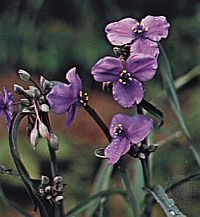
Approximately 260,000 species of flowering plant have been named so far, constituting nearly 90% of all known species of plants.
Florida Museum of Natural History Study Provides New Insight.
Scientists have discovered the evolutionary step which allowed flowering plants to become the most abundant and ecologically successful group of plants on Earth.
The roughly 350,000 known species of flowering plants make up about 90% of all living plant species.
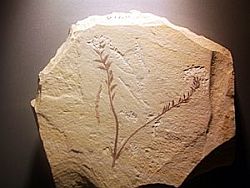
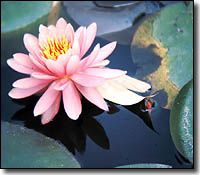

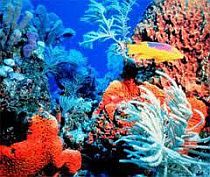
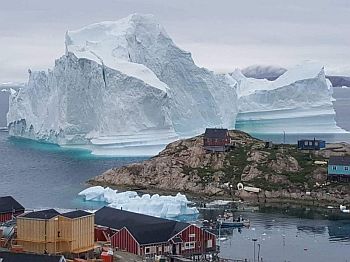
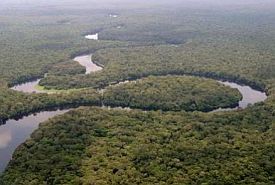

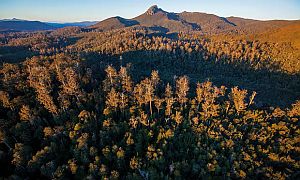
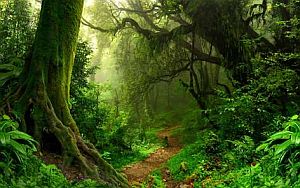
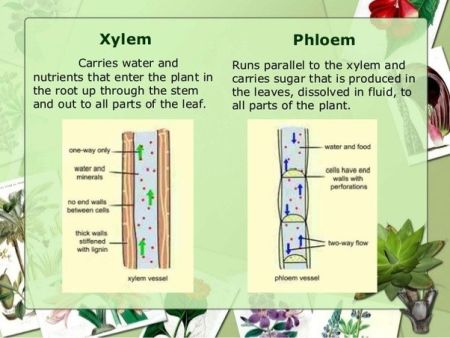
Click image to find search results for xylem-phloem.
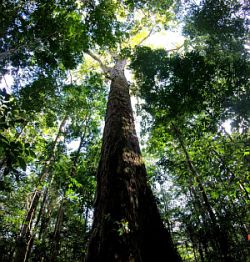

Resources and information on Fungal Web -- Mycorrhizal Network can be found on the Science/Biology page.
| This website grew out of the activities of Sylvia and Stephen Sharnoff, who did the photographic fieldwork for the book Lichens of North America, by Irwin M.Brodo and the Sharnoffs, published in November, 2001 by Yale University Press. |
| "IUFRO is a non-profit, non governmental international research organization which was established in Berlin-Eberswalde in 1892. Its objectives are to promote international cooperation in forestry and forest products research." |

| Thus AQUASTAT started, with the aim to contribute to FAO's goals through the collection, analysis and dissemination of information related to water resources, water uses and agricultural water management, with an emphasis on countries in Africa, Asia, Latin America, and the Caribbean. |

| The World Water Council's mission is to promote awareness, build political commitment and trigger action on critical water issues at all levels, including the highest decision-making level, to facilitate the efficient conservation, protection, development, planning, management and use of water in all its dimensions on an environmentally sustainable basis for the benefit of all life on earth. |

| Hydrology is the science that encompasses the study of water on the Earth’s surface and beneath the surface of the Earth, the occurrence and movement of water, the physical and chemical properties of water, and its relationship with the living and material components of the environment. [From Encyclopedia of Atmospheric Sciences (2nd edition)] |




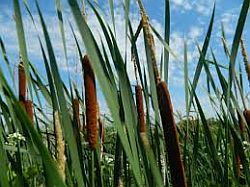

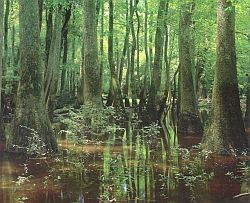
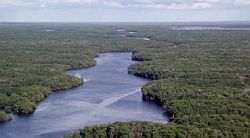




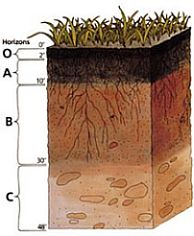
Climate Change 2021: The Physical Science Basis | IPCC
The Working Group I contribution to the Sixth Assessment Report addresses the
most up-to-date physical understanding of the climate system and climate change,
bringing together the latest advances in climate science.
AR6 Synthesis Report: Climate Change 2023
The IPCC finalized the Synthesis Report for the Sixth Assessment Report during
the Panel's 58th Session held in Interlaken, Switzerland from 13 - 19 March 2023.
The Fifth Assessment Report of the IPCC
IPCC Fifth Assessment Report | Climate Basics - Climate Science | C2ES
Climate Reports - United Nations
AR6 Synthesis Report
Climate Change 2023
About the IPCC
U.S. Global Change Research Program - Fourth National Climate Assessment
Volume I - PDF File - 477 pages - Climate Science Special Report (CSSR)
Climate Science Special Report | Fourth National Climate Assessment (NCA4), Volume I
This report is an authoritative assessment of the science of climate change, with a focus on the United States.
It represents the first of two volumes of the Fourth National Climate Assessment,
mandated by the Global Change Research Act of 1990.
Fourth National Climate Assessment Volume II: Impacts, Risks, and Adaptation in the United States
The National Climate Assessment (NCA) assesses the science of climate change and
variability and its impacts across the United States, now and throughout this century.
About This Report: Summary | PDF File
What is the Paris Agreement and What’s the Science Behind it?
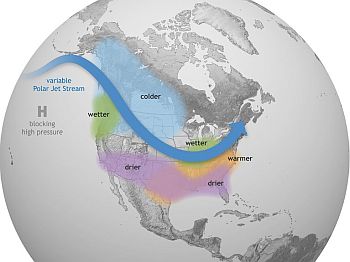
Google Image search results for "la nina variable polar jet stream."
Nobel Prize in Physics Awarded for Study of Humanity’s Role in Changing Climate
Oct. 5, 2021 - The New York Times
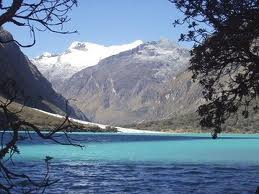
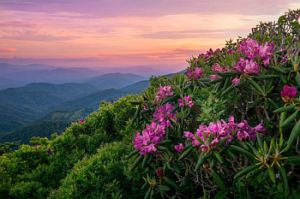

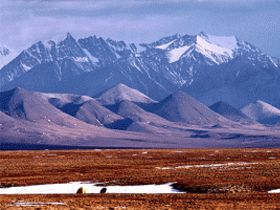
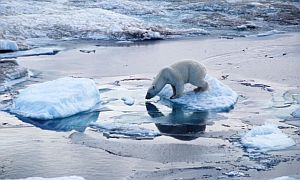

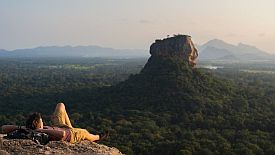
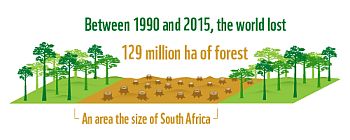
Performing a Google Image search on deforestation will return many images, each connected to a web site.
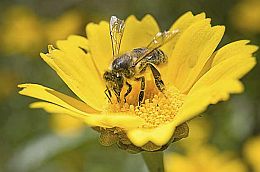
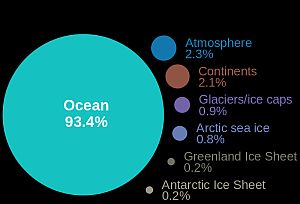


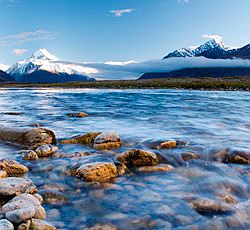
Performing a Google Image search on air water pollution could be both disturbing and educational.
There is a separate page on The Bottled Water Industry.
More resources on pollution can be found at Environment|Conservation|Endangered Species.
Performing a Google Image search on world map will return maps leading to websites.


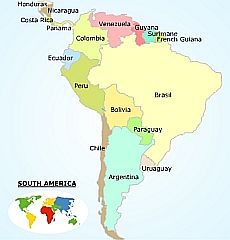

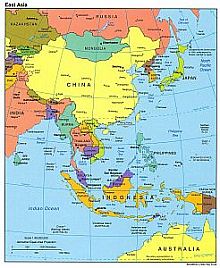
Weather/Meteorology

